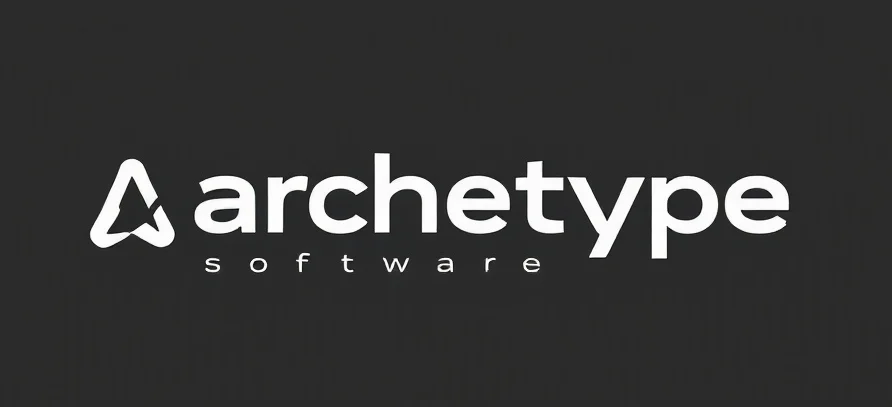Understanding the Nuances of Customer Profiling in E-commerce
In the digital age, understanding your customer is less about crystal balls and more about data-driven insights. Enter customer profiling definition, a crucial tool for businesses aiming to tailor their offerings to the right audience. But what exactly is it, and why should you care? Let’s dive into the mechanics of customer profiling and uncover its transformative potential for e-commerce.
The Heartbeat of Customer Profiling
Think of customer profiling as the process of creating detailed portraits of your ideal customers. It involves collecting data from various touchpoints and distilling it into actionable insights. This isn’t just demographic data—it’s behavioral, psychographic, and sometimes a sprinkle of the intangible. The goal? To predict needs and tailor experiences, much like a personal shopper who knows your style better than you do.
The Technology Behind the Magic
Here’s where AI steps into the spotlight, not as the omnipotent overlord but as the diligent intern. AI sifts through heaps of data—analyzing patterns, picking up hints, and occasionally surprising us with insights we didn’t know we needed. Machine learning algorithms can segment customers into clusters, allowing businesses to personalize interactions with precision.
Why Customer Profiling Matters
Customer profiling isn’t just a fancy data exercise; it’s the backbone of personalized marketing strategies. By understanding who your customers are and what they want, businesses can craft messages that resonate. It’s like having a conversation where both parties are speaking the same language—no awkward silences, just meaningful exchanges.
Transformative Impacts on E-commerce
The transformative power of customer profiling lies in its ability to enhance customer experiences. Imagine walking into a store where every product seems to be handpicked just for you. Online retailers can replicate this magic through targeted recommendations and tailored content. The result? Higher engagement, increased loyalty, and yes, a healthier bottom line.
Actionable Steps to Implement Customer Profiling
Feeling inspired to harness the power of customer profiling? Here are some actionable steps to get started:
- Data Gathering: Start by collecting data from all customer touchpoints—website interactions, purchase history, social media activity. The more comprehensive your data, the clearer the profile.
- Segment and Analyze: Use AI tools to segment customers into meaningful categories. Look for patterns and insights that can inform your marketing strategies.
- Personalize the Experience: Implement personalized marketing campaigns based on the insights gained. Remember, personalization is about relevance, not just using a customer’s first name in an email.
- Iterate and Evolve: Customer profiles aren’t static. Continuously update them as new data comes in, and be prepared to adjust your strategies accordingly.
Incorporating customer profiling into your business strategy is like tuning an instrument. It requires attention, finesse, and an understanding of the notes that resonate with your audience. But once you get it right, the harmony it creates between your brand and your customers is nothing short of transformative.
Checkout ProductScope AI’s Studio (and get 200 free studio credits)

